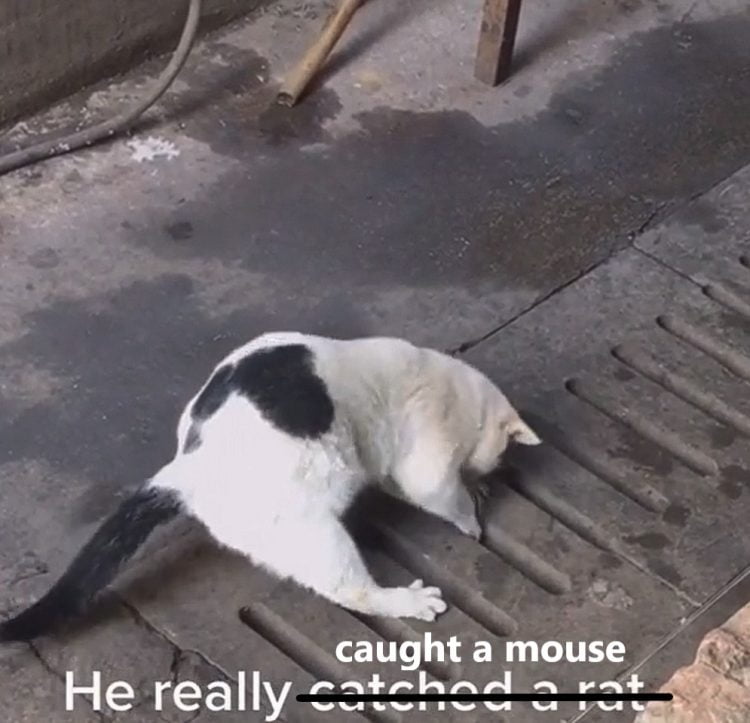Usually, the discussion about protecting wildlife from predation by domestic cats is binary: either you confine them to the home or you allow them to be free-roaming. A lot of people think domestic cat should be allowed to roam freely in the interests of their cat’s health. People generally prioritise their cat companion’s health over protecting wildlife. This is probably because they are disconnected from wildlife whereas they are very connected to their cat companion.

But ornithologists have for years argued that something needs to be done about the predation of wildlife by domestic cats and they have consistently produced startling figures about billions of animals being killed. In these arguments they never address the problem of human activities which are killing native wildlife species in greater numbers, indirectly, such as destruction of habitat and global warming. But that’s another story which is normally brushed under the carpet.
The point of this article is that there is a good argument presented on the website Honolulu Civil Beat by Daniel Herrera. He suggests that there should be a more nuanced approach to protecting wildlife from attacks by domestic cats. A sort of intermediate approach which is non-binary.
RELATED: Why the Washington DC cat count is money well spent
Zoned approach
It’s based on the argument that in a recent Washington DC study about outdoor cats, both feral and domestic, they found that cats were unlikely to prey on native wildlife such a small mammals and songbirds when the cats were further than about 1,500 feet from a forested area such as a local park.
And also, when cats were living about 800 feet or further from forest edges, they are more likely to prey on rats than on native species.
And we know that when indoor/outdoor cats leave their home to wander they normally don’t travel that far. I’ve always said that the home range of a domestic cat is perhaps somewhere around 4-10 acres. Herrera says that they don’t travel more than about 550 feet from their home.
Armed with this information, he suggests that wildlife conservationists should campaign for legislation which prioritises areas where wildlife is most at risk. In these areas there should be ‘no cat zones’. In urban areas these zones would be near and include parks and other forested areas. A ‘no cat zone’ would make all domestic cats being full-time indoor cats and there would be no TNR programs. In other words, there would be no domestic or feral cats outside in these areas by law. Violations would result in fines.
In Washington DC such an area might include forested neighbourhoods like Palisades or Buena Vista. And Parreira mentions homes near parks like Rock Creek. As I see it, there would be difficulties in enforcement. There would have to be obligatory microchipping in my view in order to identify owners of cats that were outside in these areas otherwise you wouldn’t be able to identify them to fine them. This is where the difficulties are: getting people to come forward to microchip their cats, and if they don’t come forward, in enforcing this aspect of this program.
The key point is that a more nuanced approach such as this would be more acceptable to cat owners who resist legislation to keep their cats indoors all the time. It is difficult to enforce a blanket restriction on free-roaming domestic cats both in terms of acceptance of such regulations and enforcing the regulations once in place.
ACT, Australia
On a different continent, Australian Capital Territory (ACT) leads the world on extensive cat confinement and the management of TNR programs. The news there is that all newly adopted domestic cats from July 1, 2022 living in all Canberra suburbs will have to be confined to the home permanently. It is citywide containment. The change was developed in consultation with cat owners, the community in general and environmental campaigners.
This is an example of the binary approach: a blanket ban on indoor/outdoor cats. It takes a bit of pushing through because of public resistance and the difficulties of enforcing it.
I prefer the Daniel Herrera argument. Whatever route a municipality chooses, there will be difficulties in enforcement. The point is there will be difficulties in making it work in practice.
Below are some articles on cat predation on birds.

